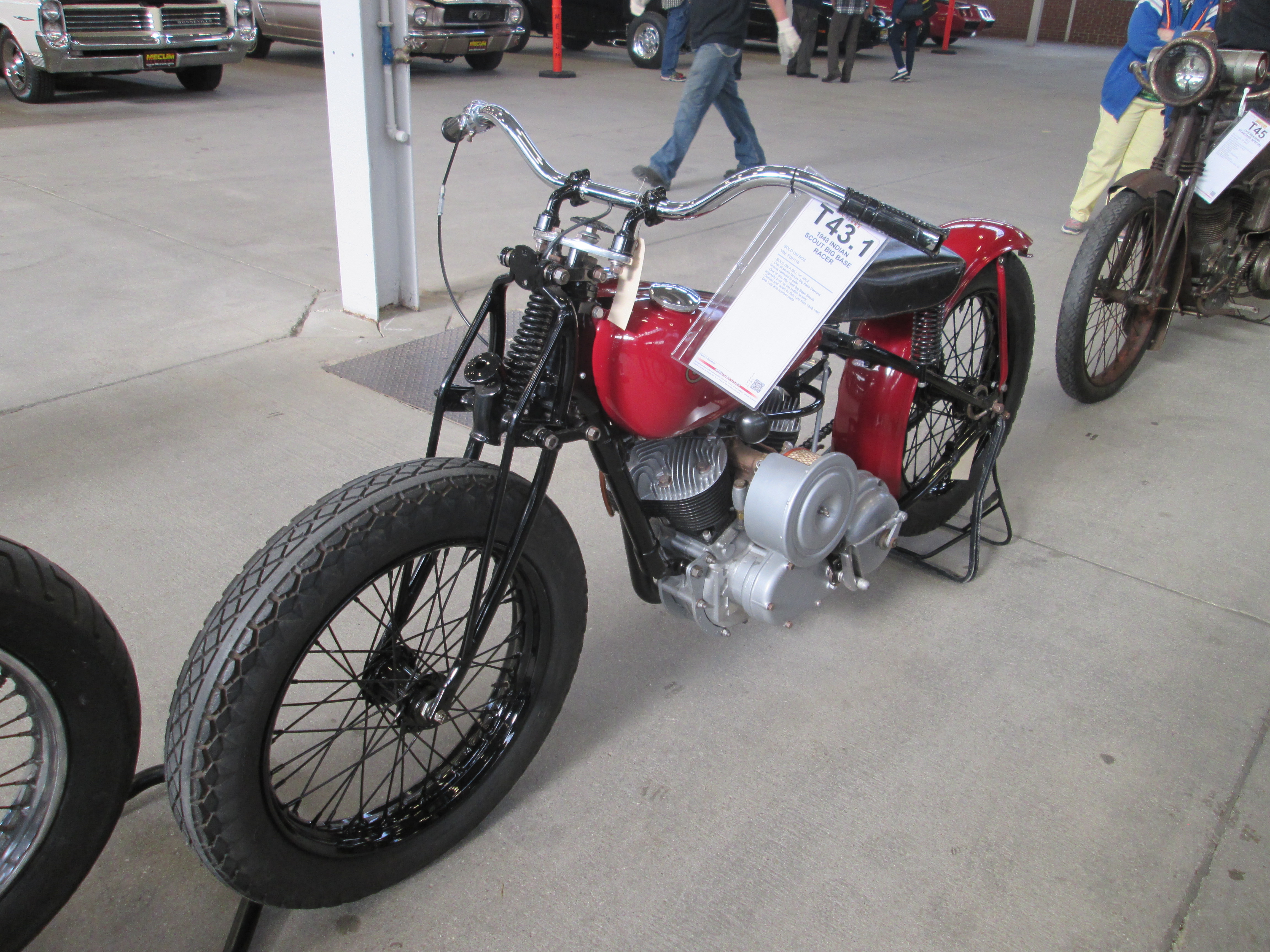Indeed, I agree with your numbers, my ‘dollar a day’ was at least a decade out !
But still, my point is that those inflation calculators do not work.
I don’t really know why, but I think they basically incorrectly value the true ’Net Present Value’ of money in days gone by.
If you look at the vast array of ‘things’ a well paid manual worker spends their money on today, it is a very long list including fashion goods, fancy foods, computers, i pads, mobiles, TVS, satellite TV, foreign holidays, home ownership, throwing money at obsolete motorcycles, etc, etc.
In 1922 the average working man paid rent, fed and clothed his family, and spent most of what little was left on beer and cigarettes!
The concept of ‘disposable income’ for the working classes did not really exist.
And nor did credit… purchases had to be made in ‘saved up for‘ cash. Which when added to the above point means such purchases were NOT easy!
So, whilst I agree with your 15% (which is already more than the inflation calculator suggests) I do not believe it’s truly representative, as 15% of a salary that has a large amount of disposable income AND access to credit, is very different to 15% of a salary where almost all of it is consumed merely by existing and there is close to zero access to credit.

